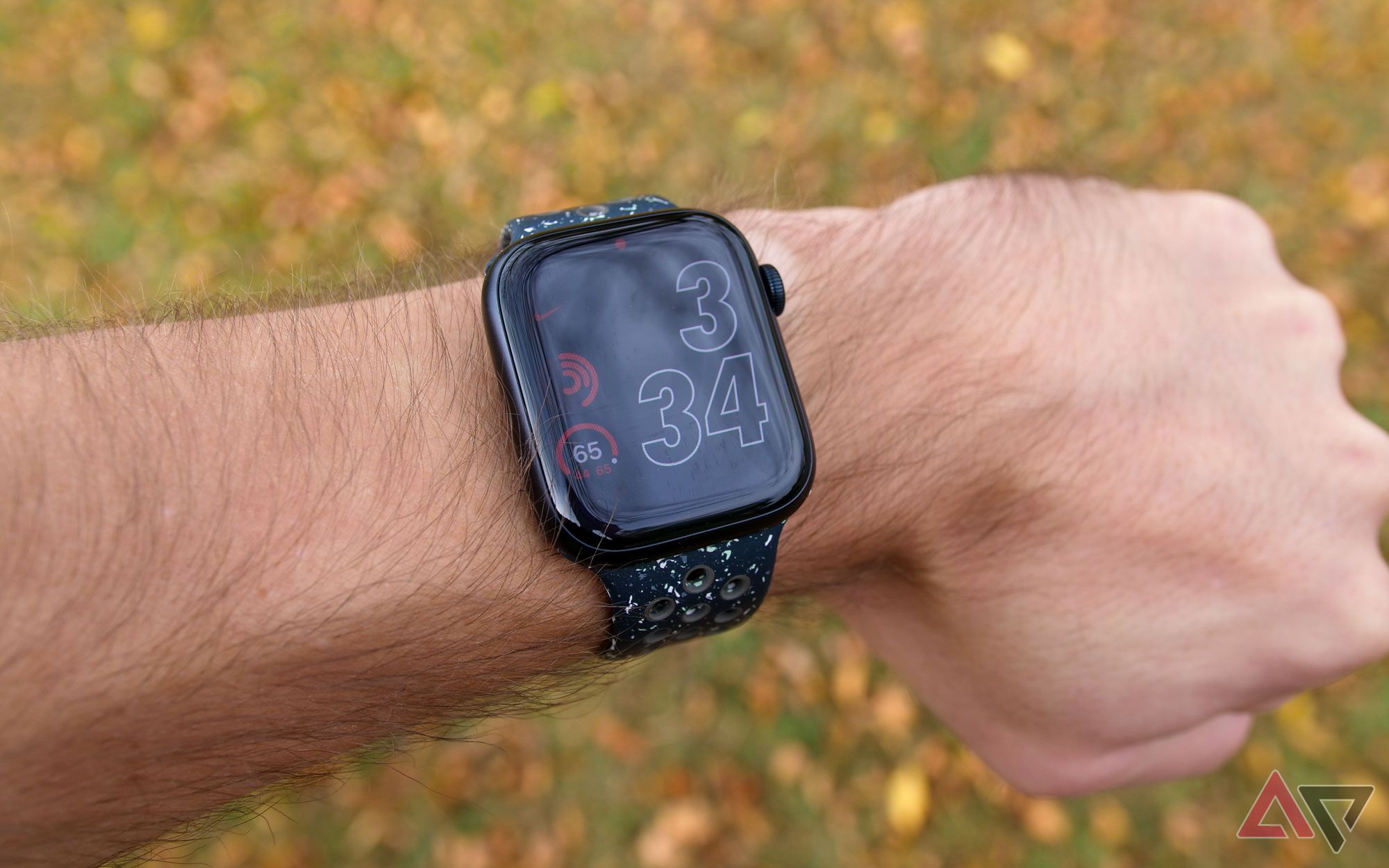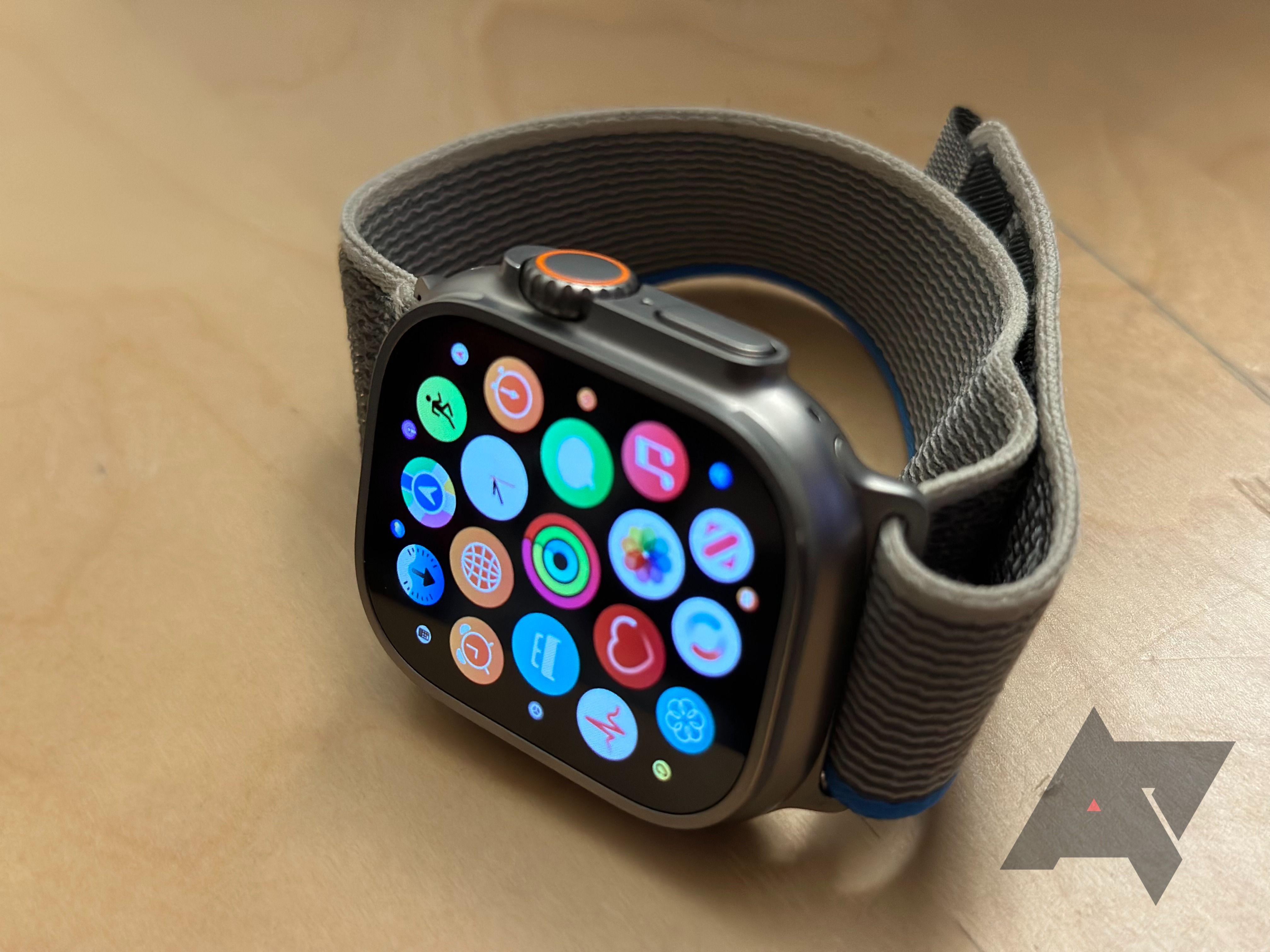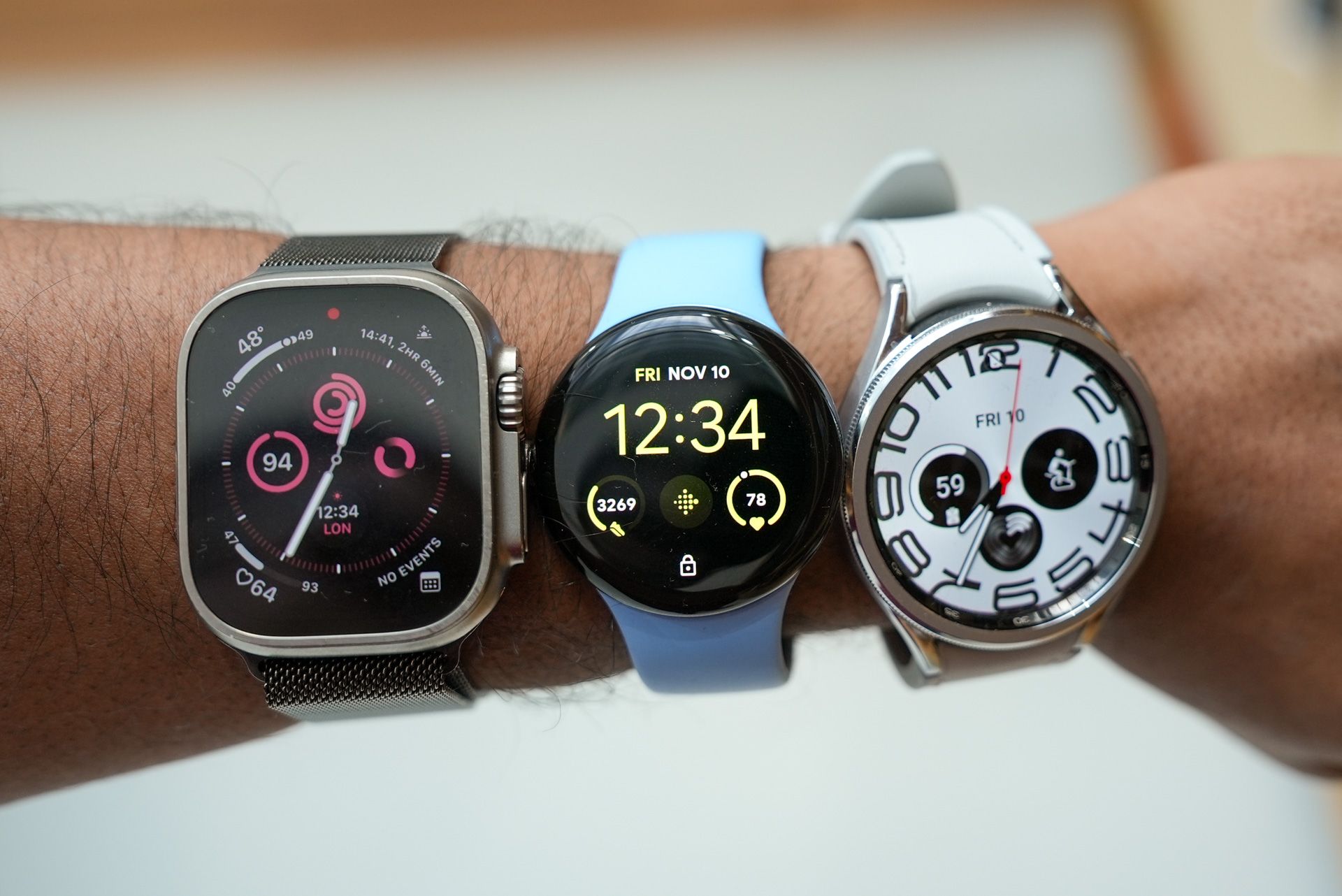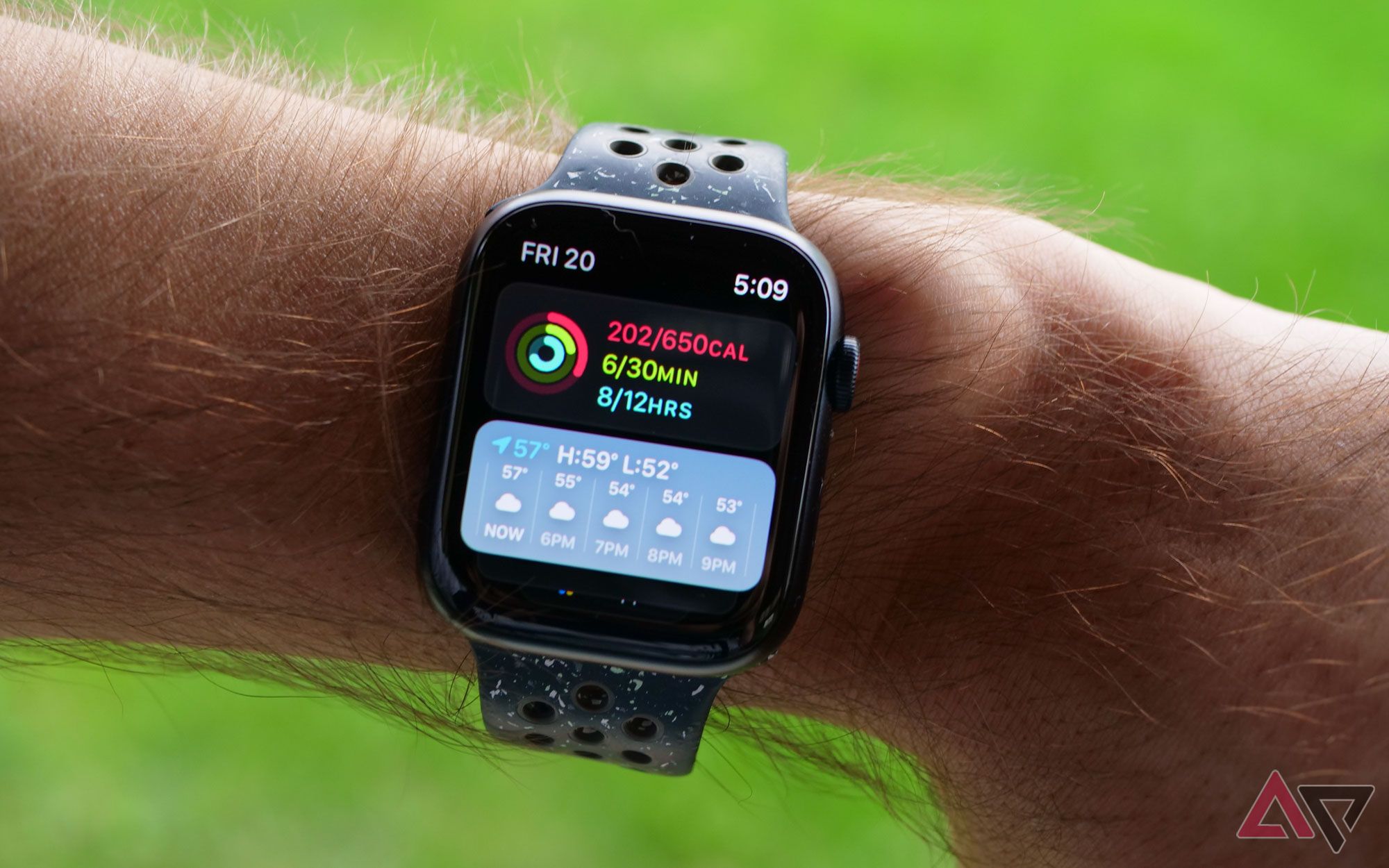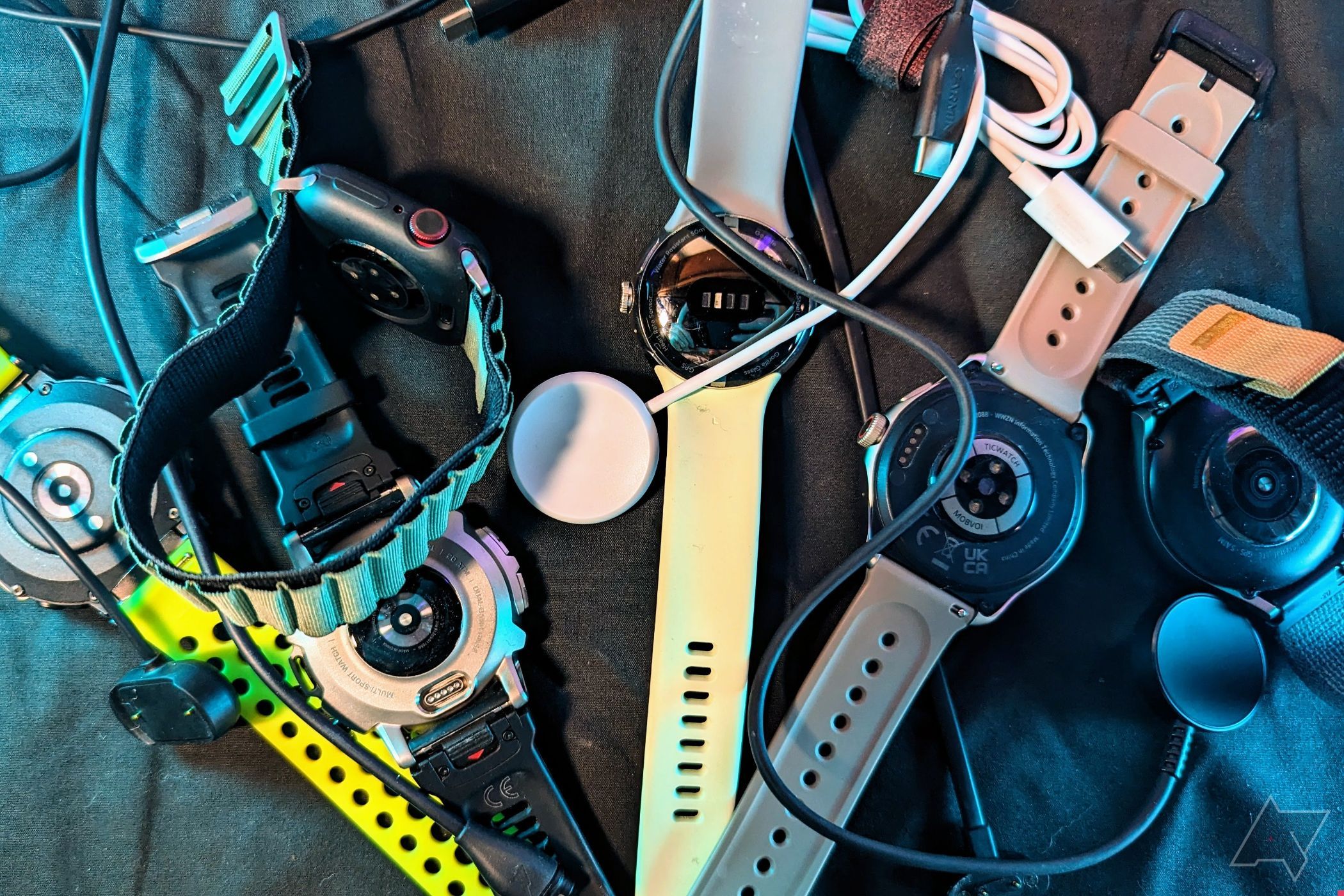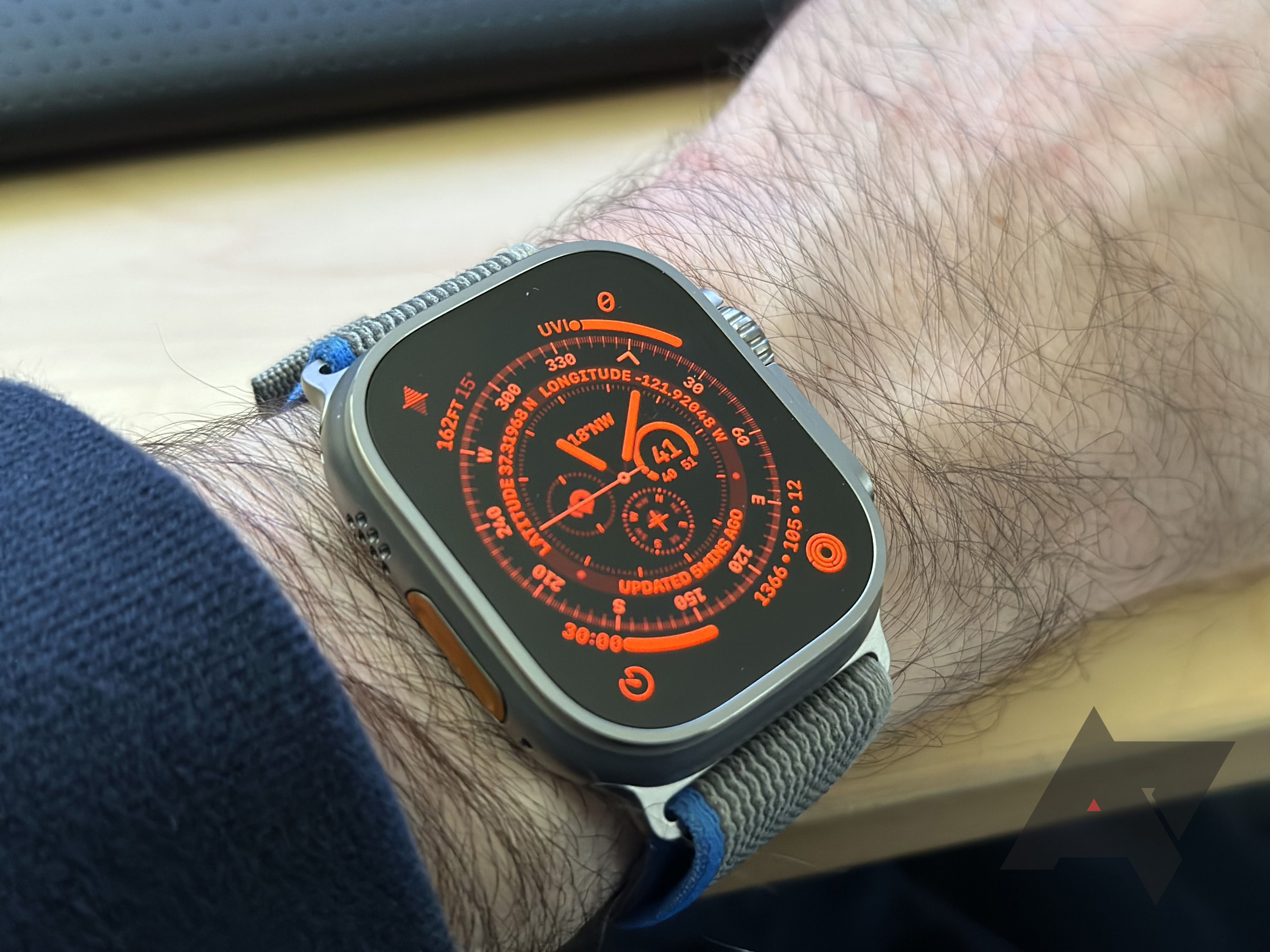How many times have you read the words “Apple should make an Apple Watch for Android?” As a die-hard tech fan and a regular user of both platforms, I’ve also those words myself — and often read comments across all social platforms that say the company would never do it, that it would go against its walled-garden policy, and so on.
As it turns out, the company has explored making the Apple Watch compatible with Android but found “technological limitations” that it couldn’t overcome after a three-year investigation. But was Apple right to have abandoned the project, and would Apple Watch for Android even be a good thing? Let’s take a deeper look.
Limitations that are all of Apple’s own making?
Watch exclusivity is a mixed blessing for Apple
The US antitrust lawsuit revealed the crux of Apple’s business model in terms anyone can understand. The DOJ alleged:
Apple’s smartwatch—Apple Watch—is only compatible with the iPhone. So, if Apple can steer a user towards buying an Apple Watch, it becomes more costly for that user to purchase a different kind of smartphone because doing so requires the user to abandon their costly Apple Watch and purchase a new, Android-compatible smartwatch.
Consider two words in Apple’s official response: technological limitations. There’s no mention of what those limitations are, but there are plenty that could be possible. Equally, Apple has a vested interest in not making the Apple Watch for Android feasible, mostly to insulate its most valuable product: the iPhone.
A Bloomberg report in November revealed as much, stating that while there was an effort, it was partially scrapped as it would “dilute the value of the watch to the iPhone.” More simply, an Apple Watch means buying an iPhone, which further locks you into the Apple ecosystem.
Could Apple fix these limitations? Perhaps, although it’s near-impossible to know without digging into the limitations. Should it? That’s an entirely different question; the answer depends on your priorities.
Apple Watch on Android would be great for most people
Even Apple!
For most people, the Apple Watch on Android would be a net positive for a few key reasons, but each requires careful consideration.
Apple Watch on Android would be great for public health
I’ve written about why the Apple Watch is the best wearable, but to summarize, it offers a far superior health suite to other smartwatches. This is mostly due to Apple Health’s better integration with third-party products and medical services.
There is a public service need for Apple’s better services, at least as a life-saving tool. Artificially (or otherwise), limiting these to iOS and the iPhone works for Apple’s bottom line, but there’s a missed opportunity to improve the health of humanity around the world.
Apple Watch features such as ECG and SpO2 blood oxygen monitoring have many benefits, and Apple is also working on measuring blood pressure and monitoring blood glucose. Samsung is also working on these features, but we’re less likely to get a standardized set of metrics and suites in new areas when each company doesn’t have to worry about competition. Samsung and Apple competing directly on an equal footing could lead to more life-saving initiatives than the two working apart.
Support for connecting Apple Watch to Android could also build a new revenue stream for Apple from users who aren’t paying Apple now and may not pay Apple at all. While there are small shifts in the number of people switching between iOS and Android, the current status quo is that most people don’t switch between iOS and Android (or vice versa). As such, there remains an untapped pool of revenue for Apple within the Android space.
More competition means more innovation
The heart of the DOJ antitrust lawsuit against Apple is that stifling competition subsequently stifles innovation, and consumers lose out long-term. For the same reasons, Apple should launch a version of the Apple Watch for Android, as it will then force Samsung, Google, and others to continue to innovate.
I doubt Apple will make the Apple Watch natively available on Android for obvious reasons. Apple’s watchOS and the iPhone are tightly integrated, and the overall experience is streamlined and near-perfect (in many ways). There’s a strong chance that Apple wouldn’t be able to build an Apple Watch for Android that is anywhere near as good, not least because the platforms take fundamentally different approaches to a core philosophical question.

6 ways the Apple antitrust suit could affect the Android ecosystem
Enough about you, let’s talk about me
At a platform level, background refresh works differently on Android than iOS, meaning the Apple Watch would likely need better hardware to offer a similar battery life and feature set. Apps are built using entirely different code bases; software updates would work differently, and, likely, even cellular setup wouldn’t be easier.
These are likely some of the limitations that Apple alluded to, albeit not an exhaustive list. Yet, the biggest drawback for the company is likely self-serving: as Mark Gurman noted in the Bloomberg report, it would “dilute the value of the watch to the iPhone.” But there is a solution that arguably would work for everyone.
How Apple could solve the Apple Watch for Android problem
Imagine an Apple Watch that works on Android. Well, somewhat. Rather than directly working on Android, it would be a standalone Apple Watch that doesn’t require an iPhone for initial setup. Apps could run natively, with notifications powered by the standalone apps versus the paired phone. Not only would that allow Apple to be the best smartwatch for any phone user globally, but it could also result in a windfall in subscription revenue and allow it to appeal to non-iPhone users in a big way.
I’ve written previously that Apple should build an iPhone Upgrade Program-like subscription designed around all its products. In that model, every product would act like an on-ramp for the Apple ecosystem, and it wouldn’t matter which product someone buys as long as it brings them into the ecosystem. The ultimate goal for the standalone Apple Watch should be to act the same way.
I’d be shocked if a standalone Apple Watch didn’t require a subscription. It’s an easy revenue stream for Apple and ties people in further; it could entice users to the iPhone (if you didn’t have to pay for the subscription when you paired with an iPhone), and it could mean more users of Apple services like Apple One, or Apple Fitness+.
Such a subscription is near-guaranteed to work, especially with cellular service and access to Apple subscriptions and services. I’d pay $10-15 monthly for a standalone Apple Watch subscription if it worked freely across any device — would you?
Unlocking access to the Apple Watch for as many people as possible will be necessary for the late Steve Jobs’ famous wishes to come true. As he said: “I do think there will be a day when people looking back will say Apple’s greatest contribution to the world was healthcare.”
Nirave is a creator, evangelist, and founder of House of Tech, which focuses on covering the best health and technology products. Following a heart attack at the age of 33, he’s been focused on how we can use data to improve our health and ultimately live a long and more fruitful life. Follow him on Instagram, Threads, and YouTube for live updates on his Sleep and Health journeys. He can also be found at HoT.tech.




